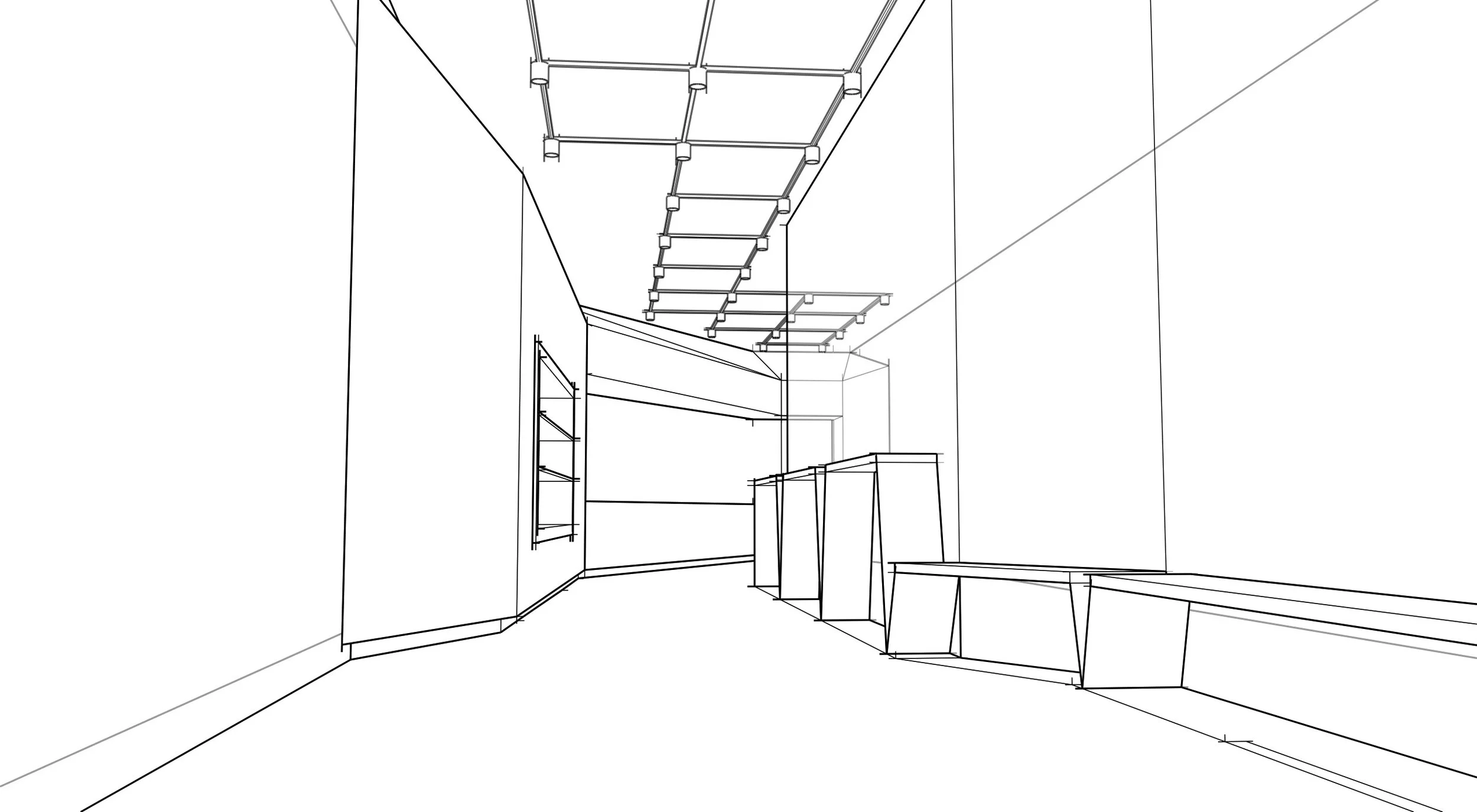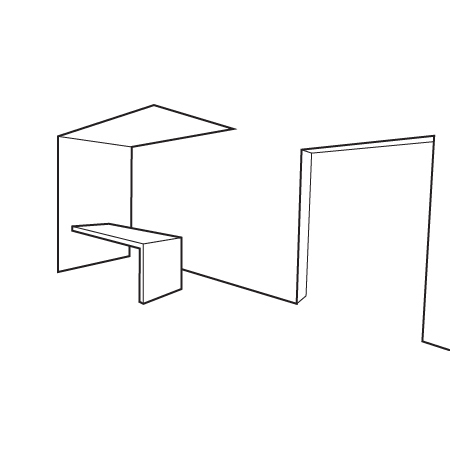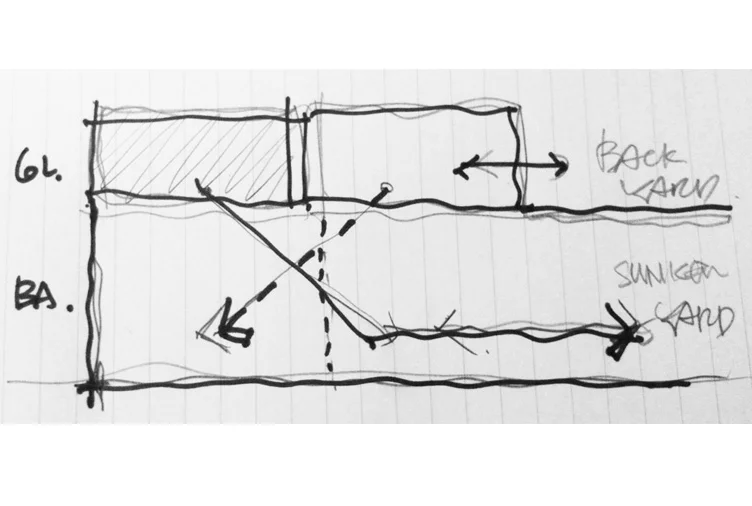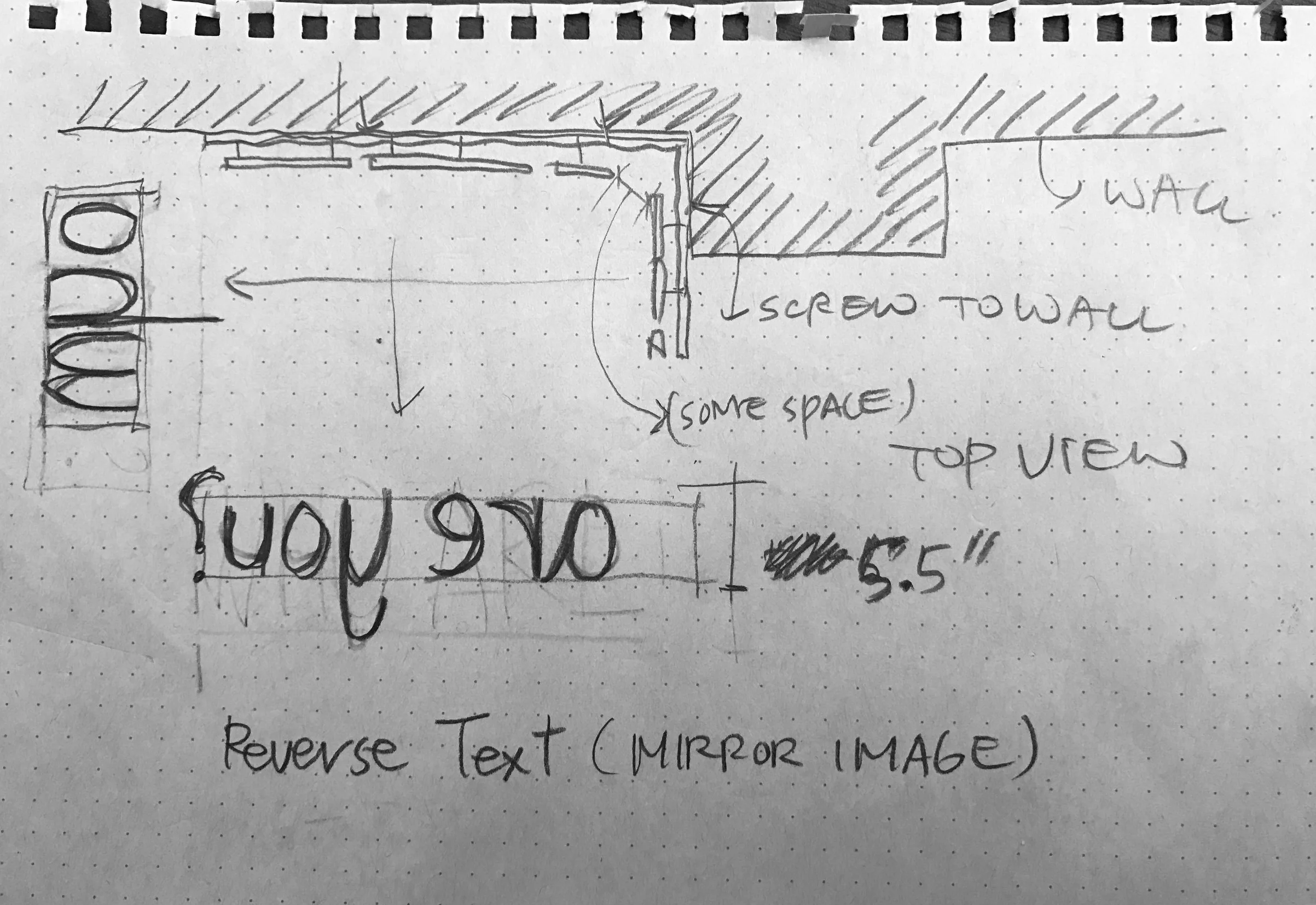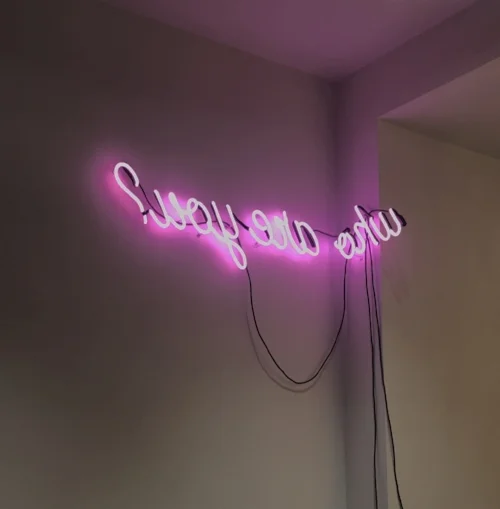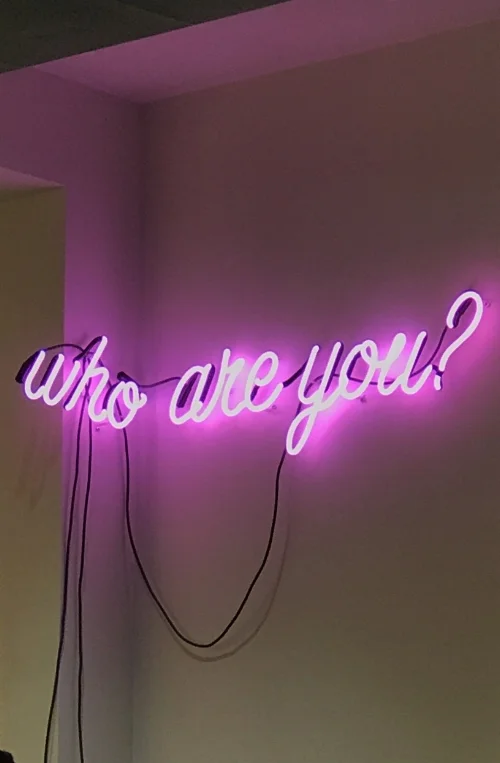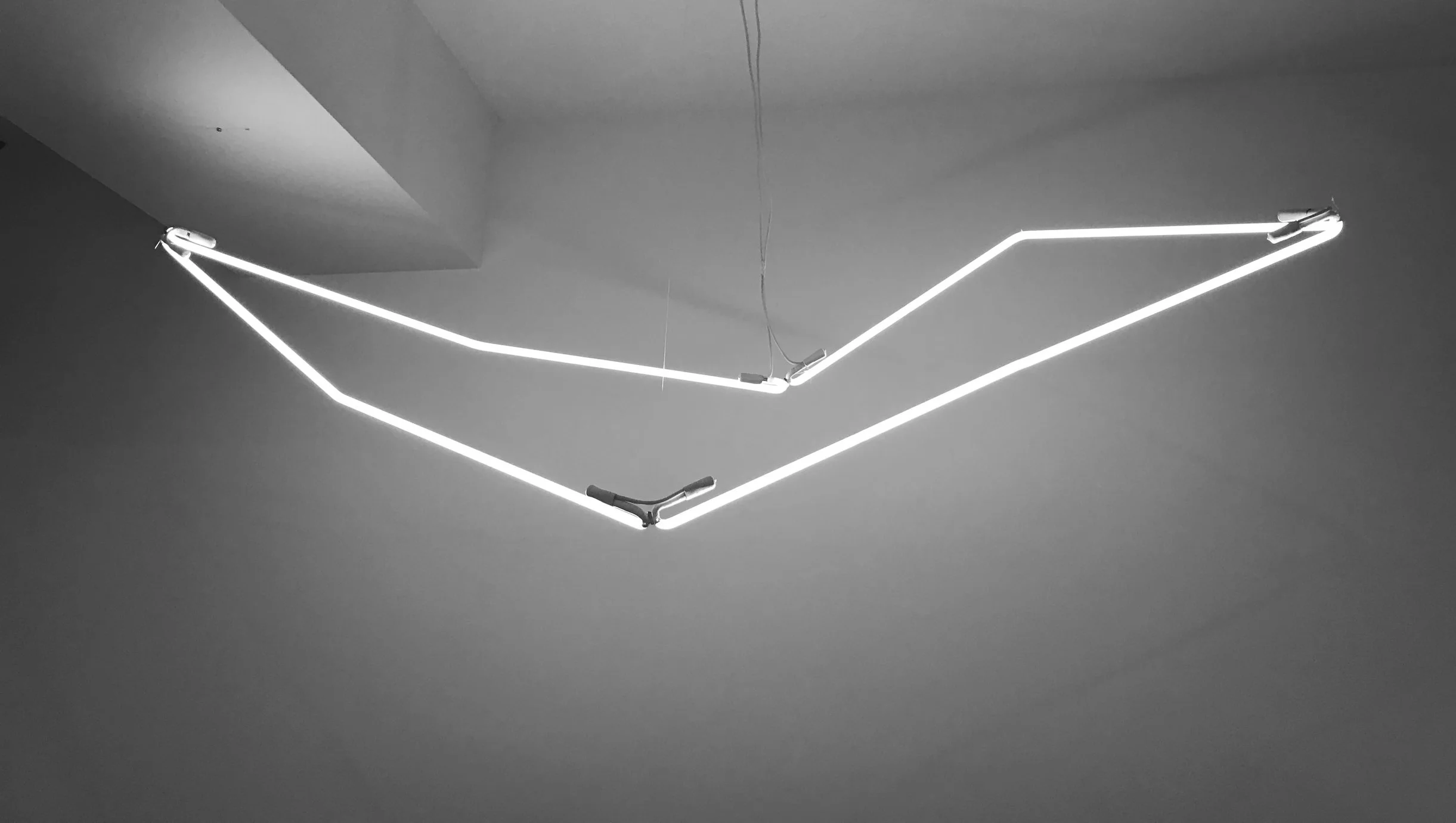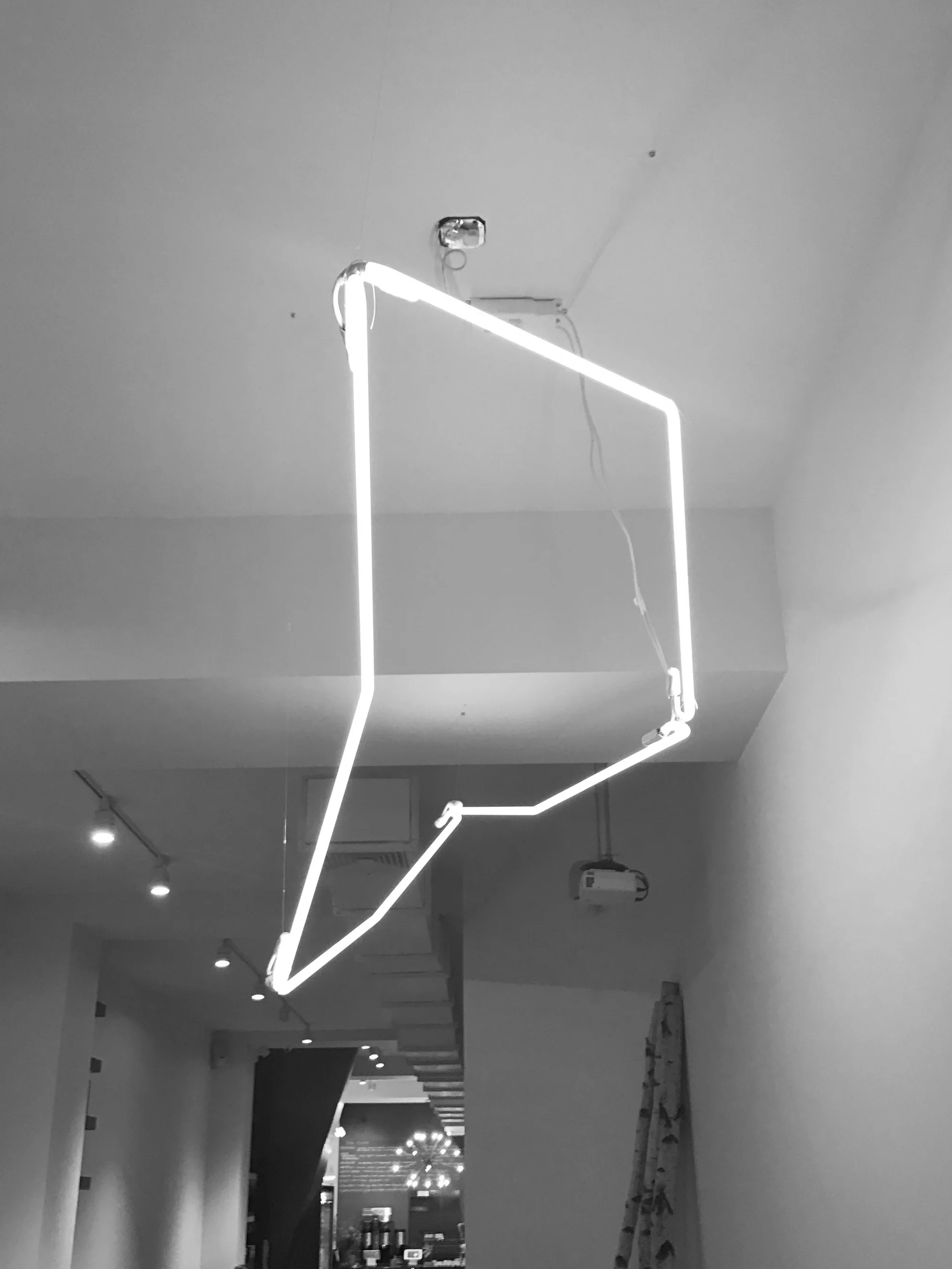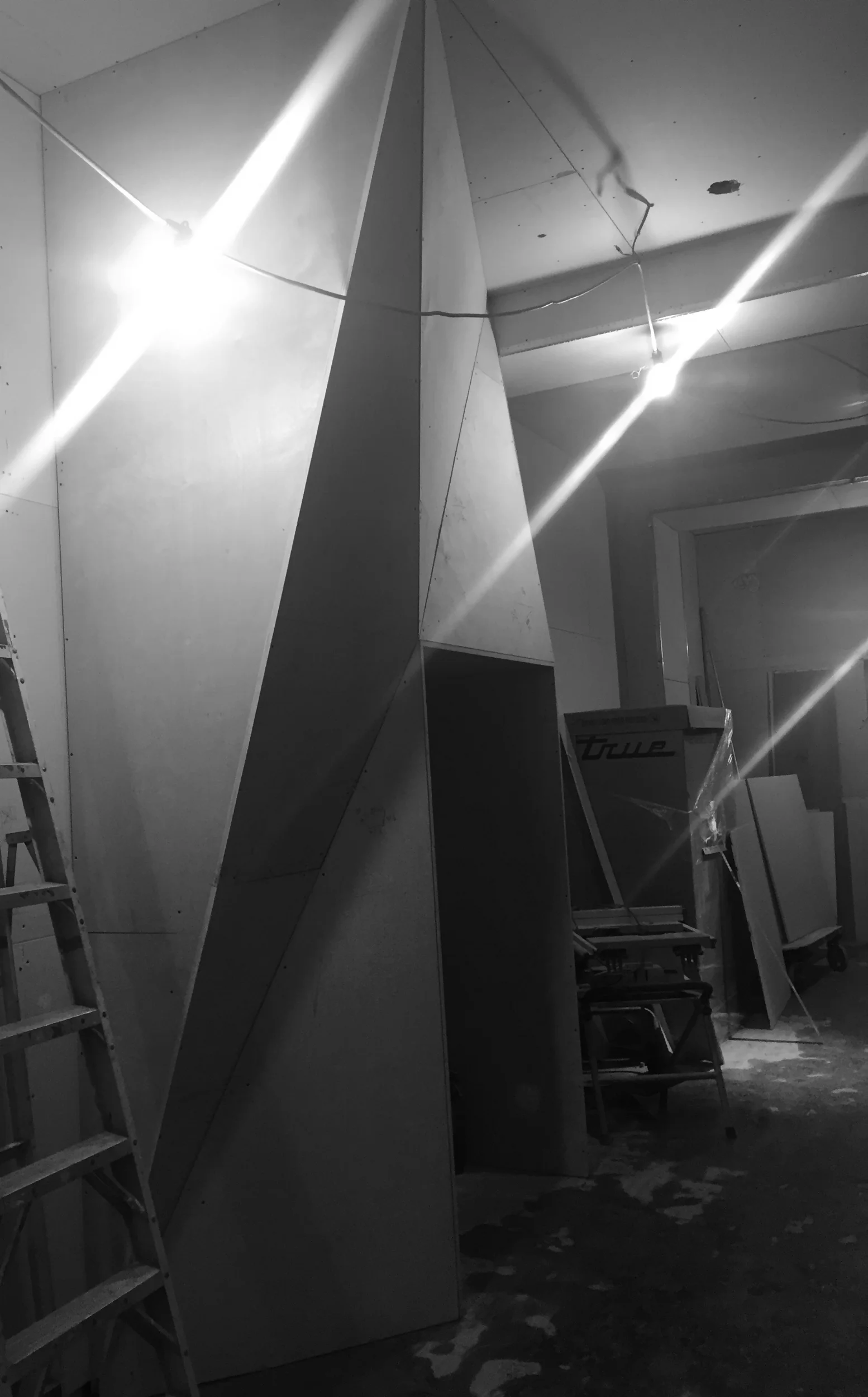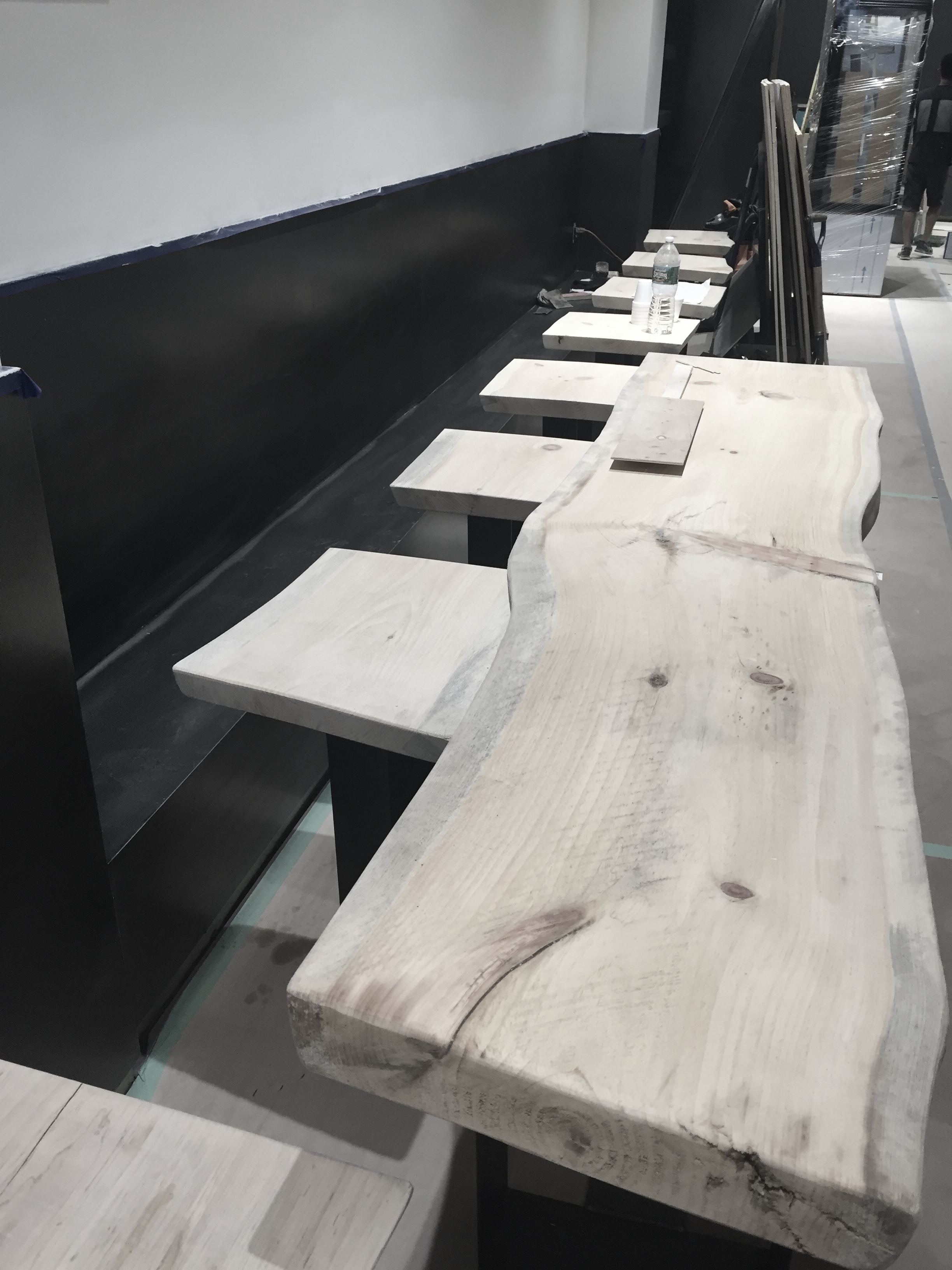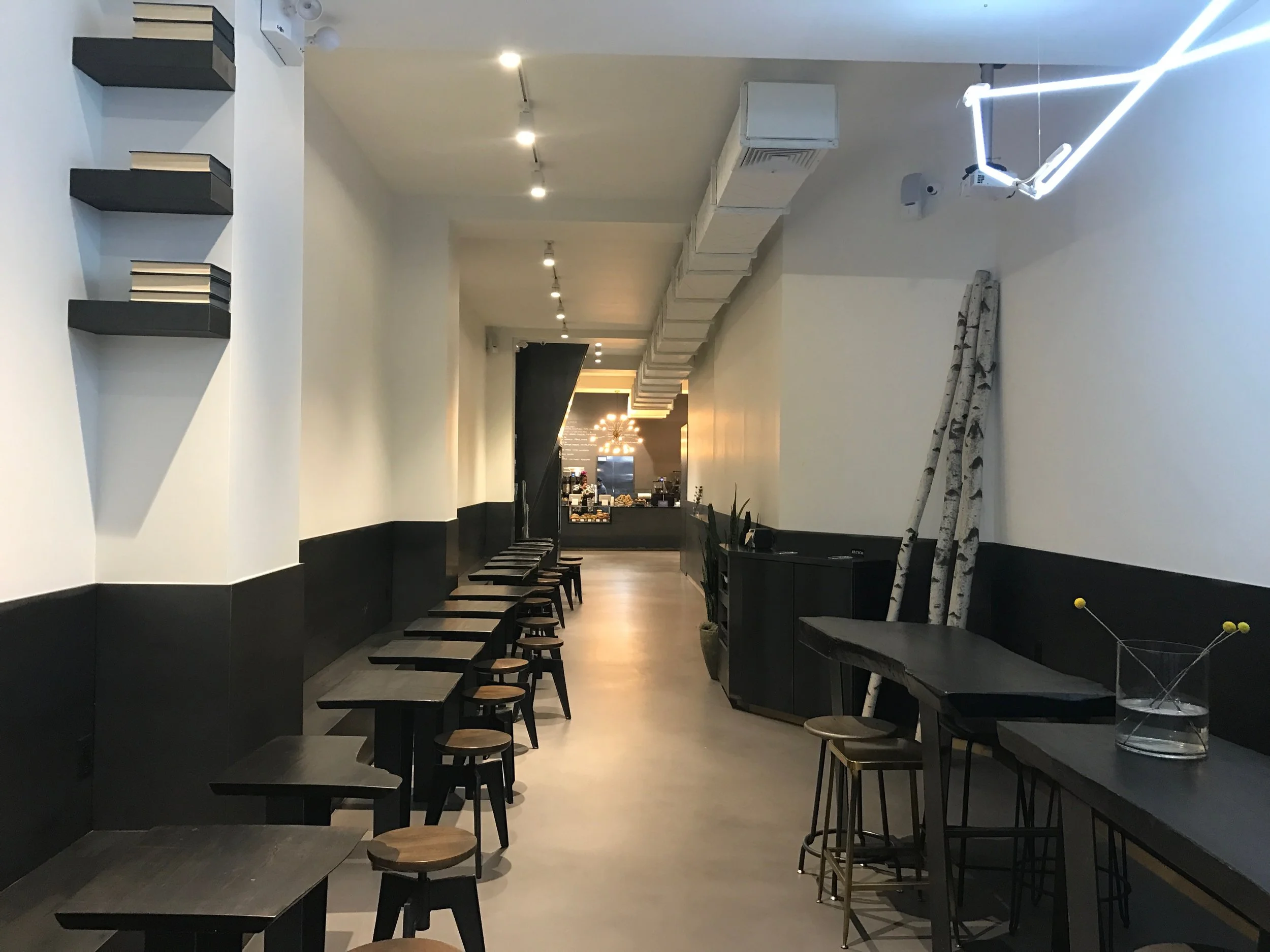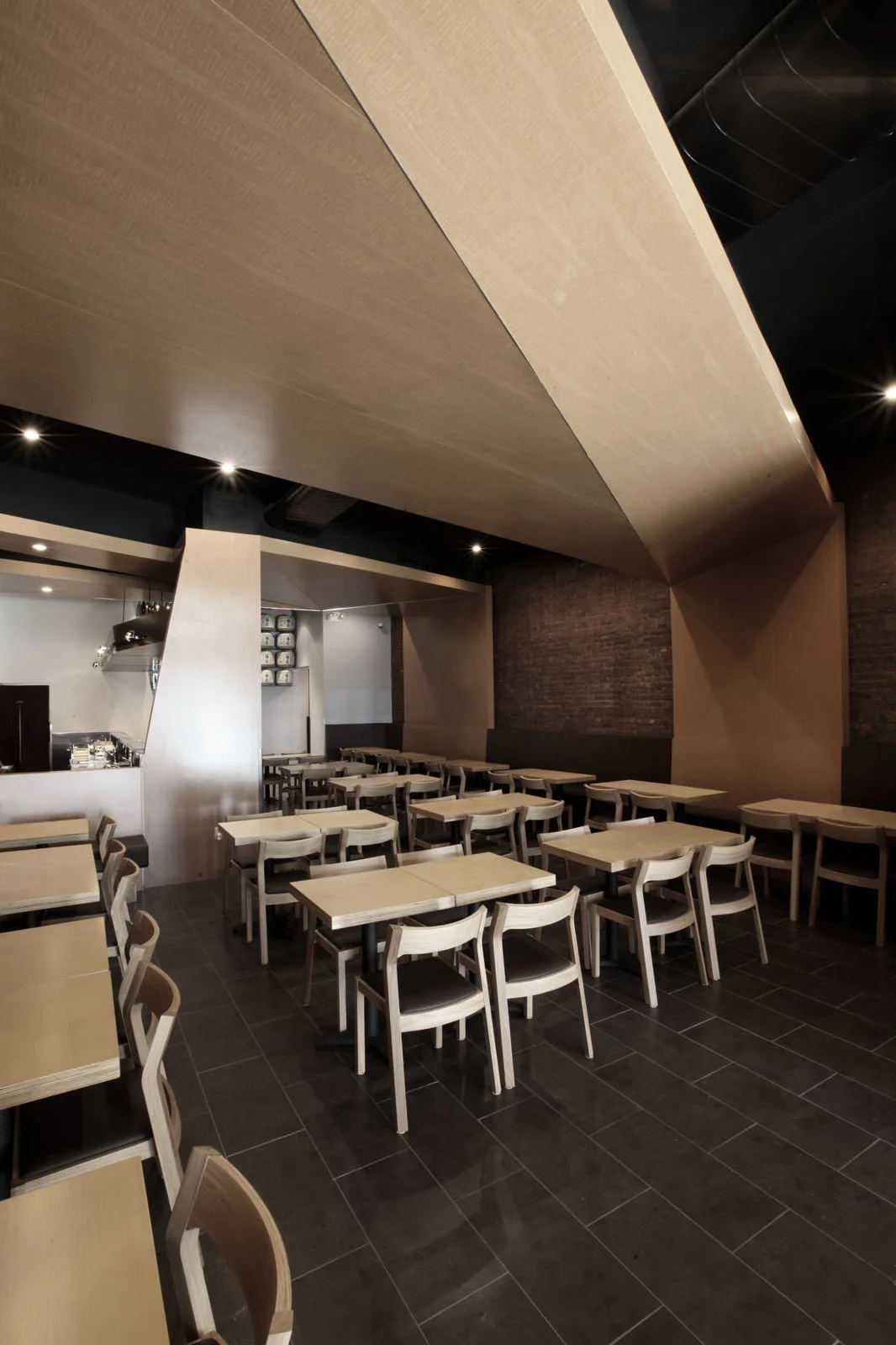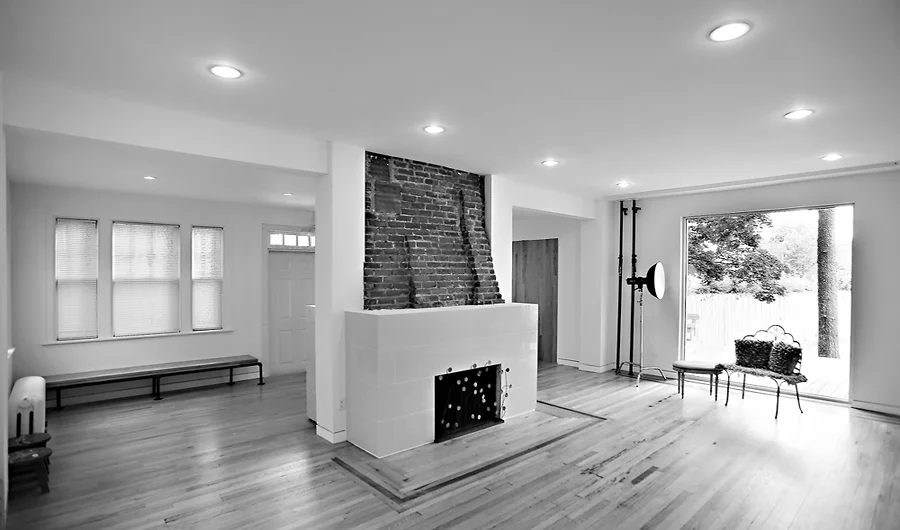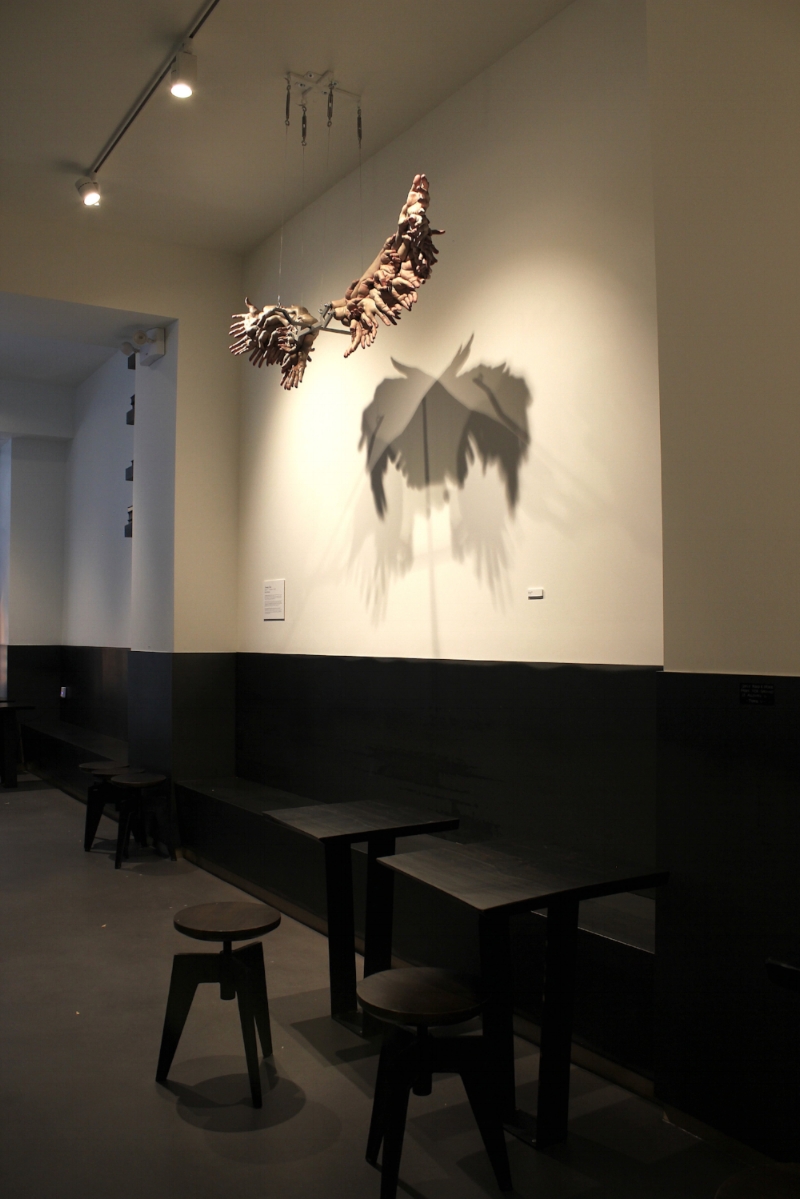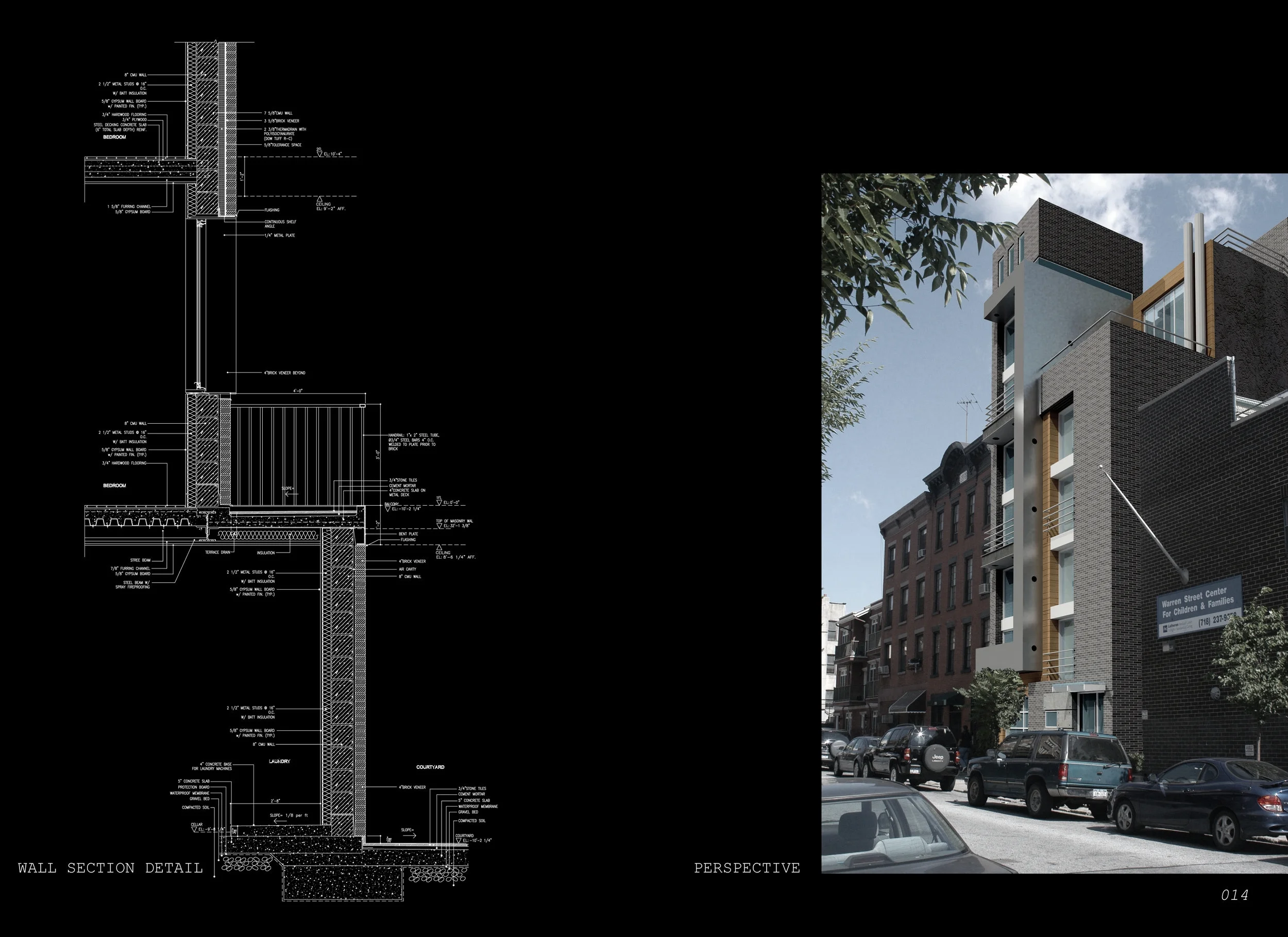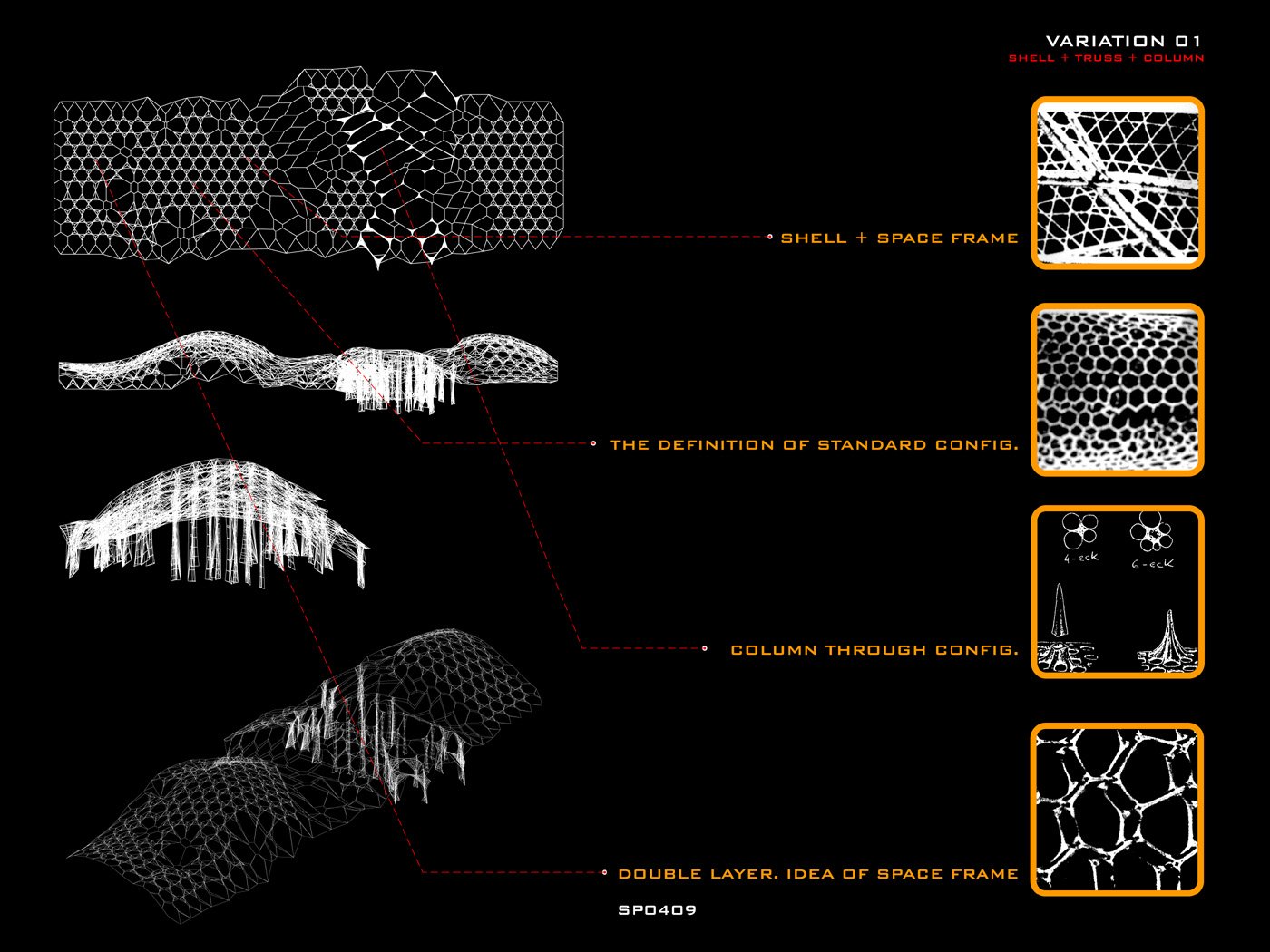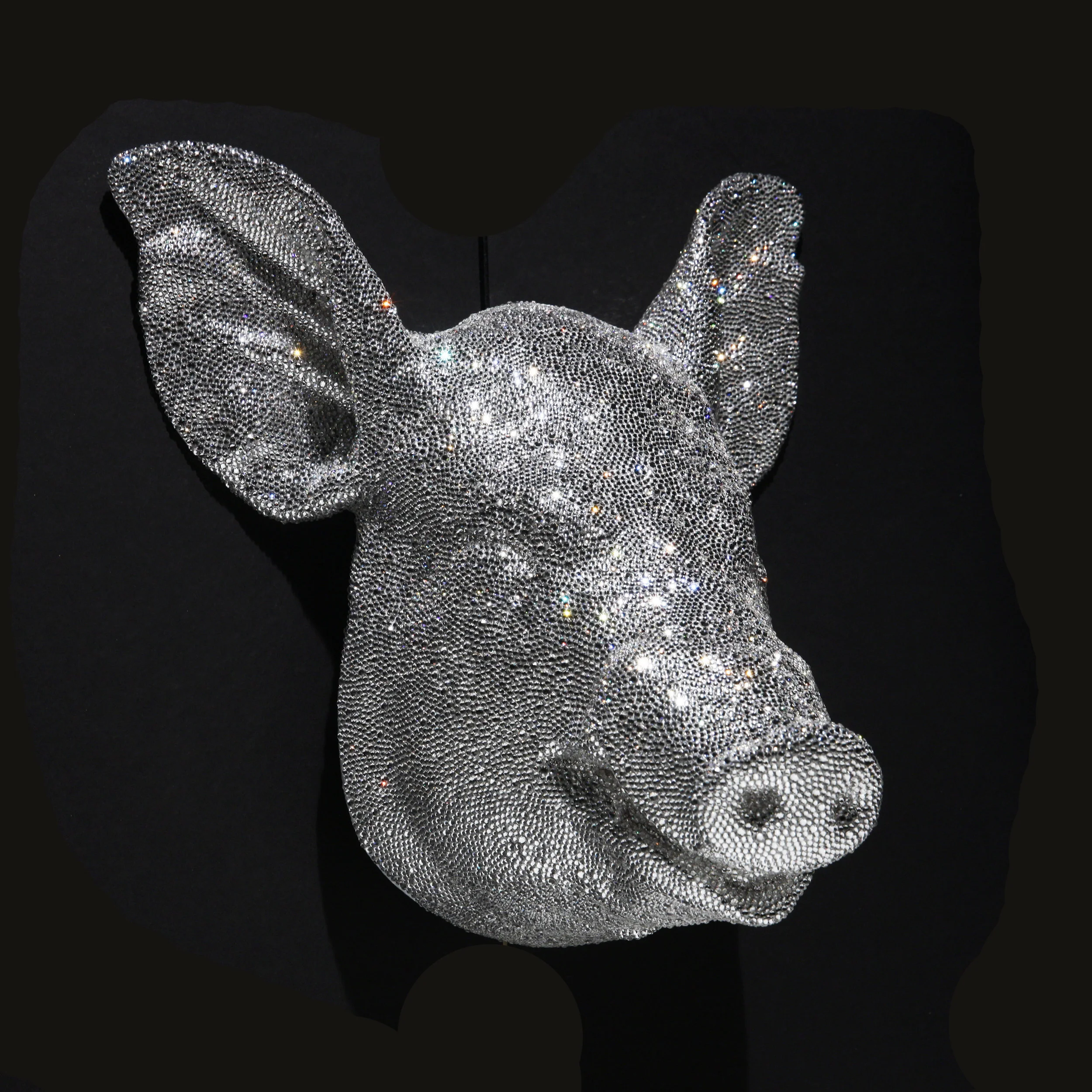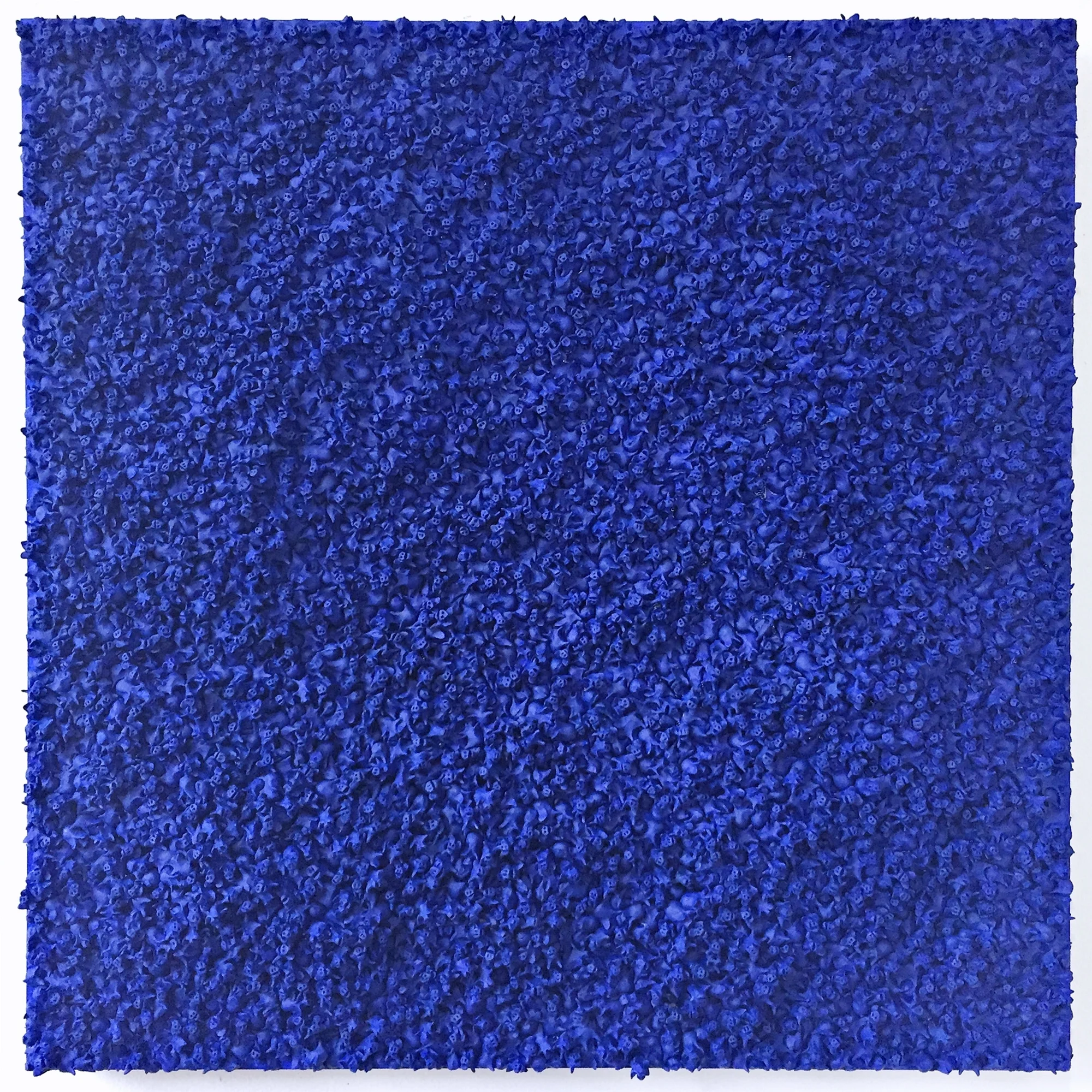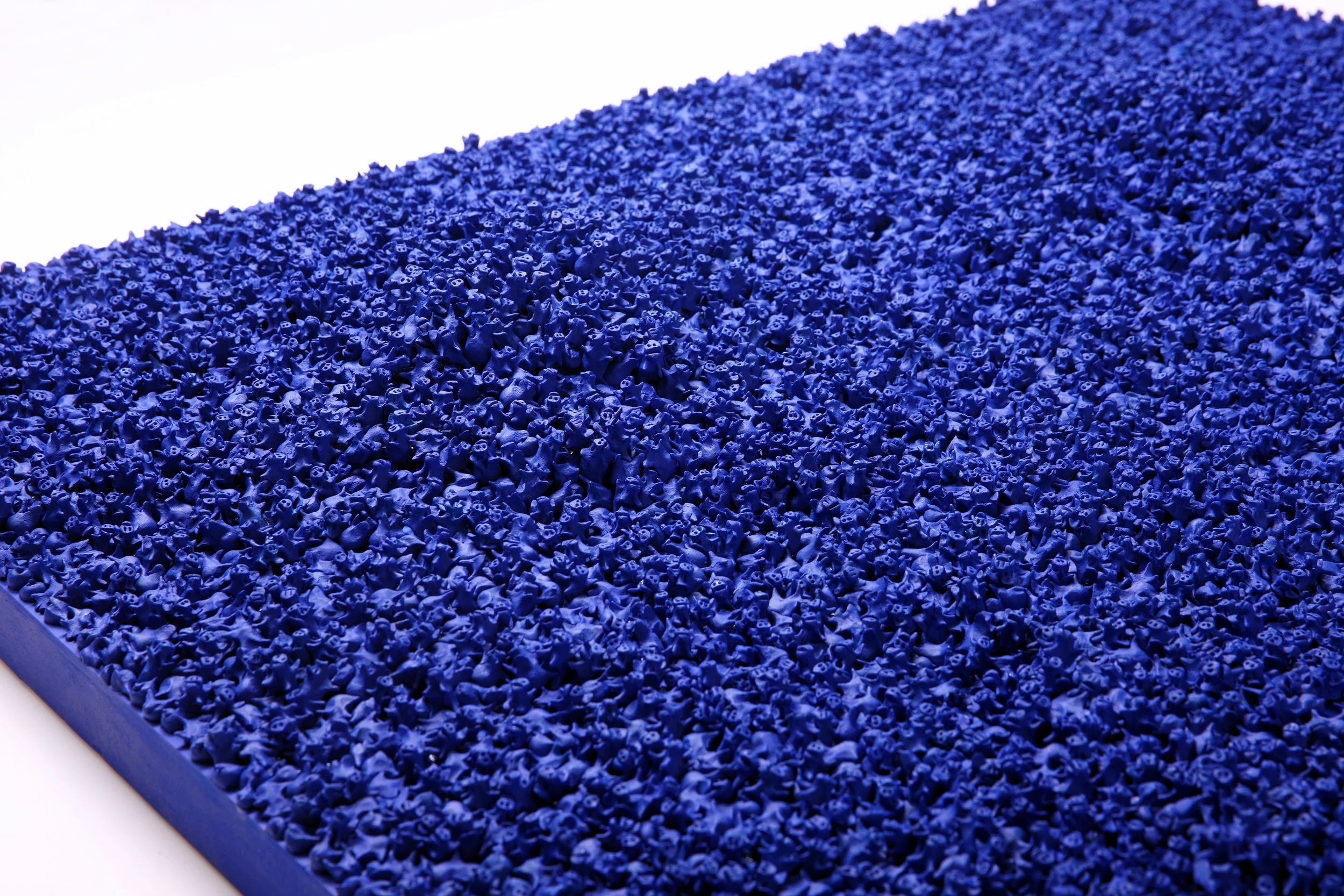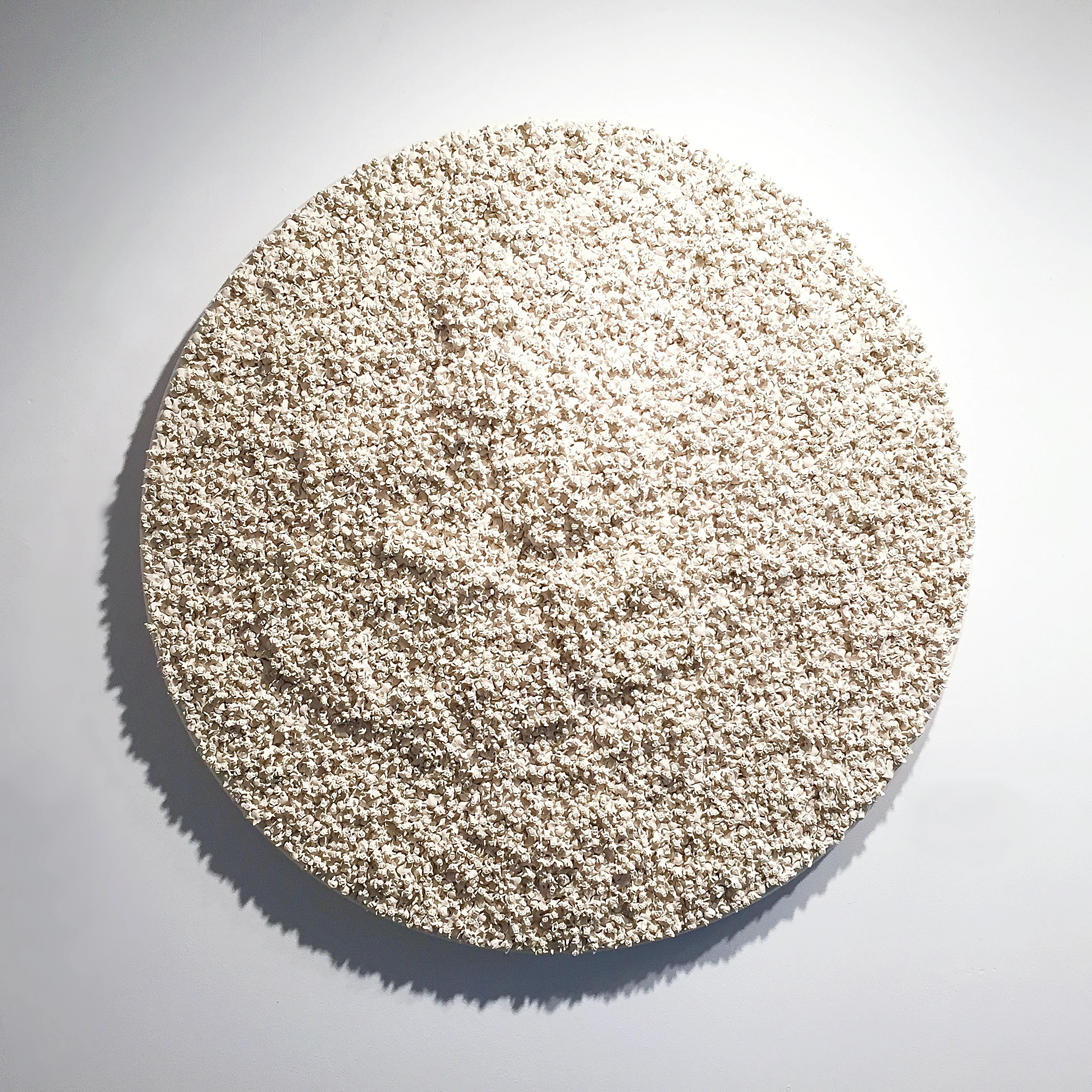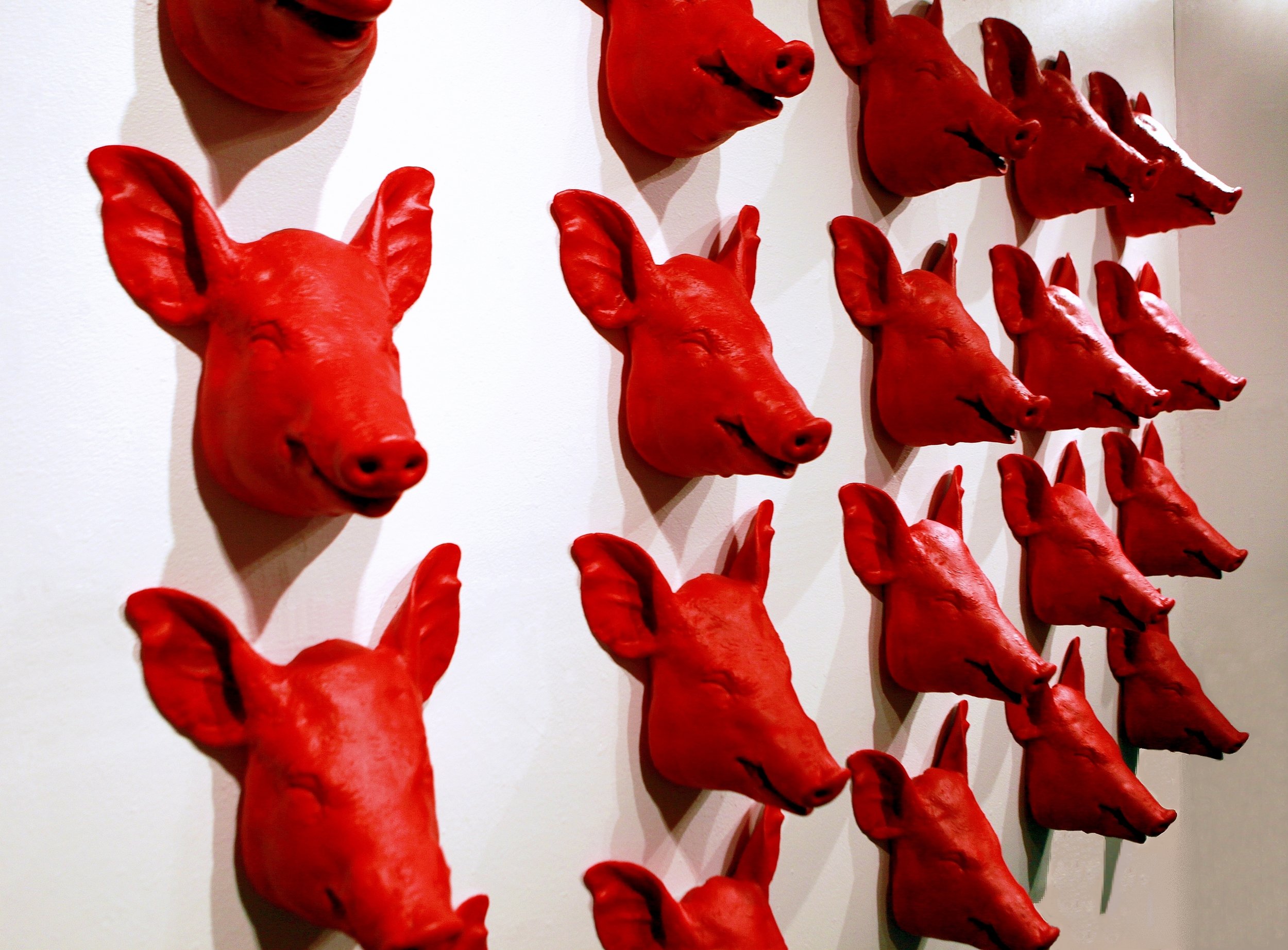Yeo’s works have been exhibited in the United States, Europe, and South Korea, written about in publications such as The LA Times, Slate, The Washington Post, Wired, National Geographic, The Guardaian (UK), and covered by National Public Radio (US), BBC World Radio (UK), and MBC News (South Korea).
Yeo’s most famous photographs are from the Beauty Recovery Room series, which she began in 2008, consisting of photographs of South Korean women recovering from plastic surgery. According to an article inThe Washington Post, “Her photos are nuanced, showing both the ugly and beautiful aspects of plastic surgery, and revealing the whole journey, rather than just the end result,” (Swanson, 2015). Elements found in this series are also found in Casting Call: the social issues related to the attainment of “beauty;” the expense and pain of obtaining plastic surgery; and the endless desire for “beauty,” which has enigmatic, culturally constructed, and ever changing.
Yeo continues to highlight standards of beauty in South Korea, especially focusing on the younger generation of men and women. The Casting Call series is made up of individual portraits, featuring individuals who range in age from 16 to 27 years. The poses and the stark simplicity of the setting force the viewer to directly confront these extremely close-up images. All the subject in the photographs are facing forward, set against a clean, white background. The individuals Yeo selected for her Casting Call series are “popular” in South Korea, as indicated by their high number of followers on social media. Yeo, however, does not represent those represented in Casting Call as “perfect” or “ideal” standards of beauty. Instead, through these works, Yeo illustrates and critiques the obsession with fabricated or manufactured public representations of oneself. Yeo selected her models from individuals who were popular.
Instagram and Facebook, for example, two of the largest social media outlets worldwide, are virtual platforms that allow the public to view an individual’s collection of images (unless one makes the account private). These images are typically presented without context and the public is able to make comments and offer feedback, both positive and often very negative. Those who post digital images of themselves receive the attention, good or bad, they crave from others. Individuals with many followers or positive comments represent more closely the accepted standards of beauty for Koreans in this particular demographic, and thus, on a larger scale, it is possible to define what these “standards of beauty” are and what audiences believe “beauty” to be, as represented via these public images.
Yeo’s works give viewers a chance a to experience the gaze in both directions. The two works on display at Noted Tribeca, Da Bin Bae, 21 Years Old (Left) and Hae Ju Shim, Prefer Not to Say (Right) are images that are carefully crafted both by the models, via their pose and individual aesthetic, and the Yeo, the photographer. At first, the viewer is looking and analyzing the subject very closely; yet, due to the extreme close-up, direct gaze, and crisp focus, the subject – all real Korean individuals – appear to be looking back at the viewer, with a direct and penetrating intensity. In this series, Yeo simultaneously questions public “standards of beauty” as well as the interconnectedness of those viewing the image and the subjects represented therein.
For all press inquiries, please contact
Seong Choi +1 646 398 7807 schoi@studiogaak.com


